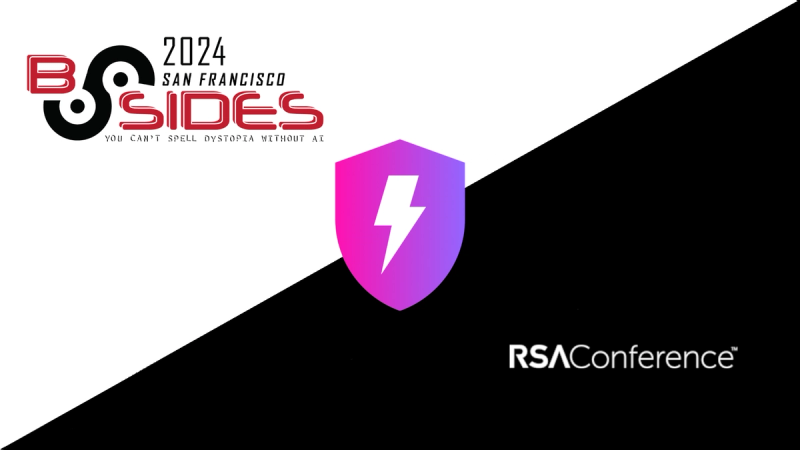color-support
A module which will endeavor to guess your terminal's level of color
support.


This is similar to supports-color, but it does not read
process.argv.
-
If not in a node environment, not supported.
-
If stdout is not a TTY, not supported, unless the ignoreTTY
option is set.
-
If the TERM environ is dumb, not supported, unless the
ignoreDumb option is set.
-
If on Windows, then support 16 colors.
-
If using Tmux, then support 256 colors.
-
Handle continuous-integration servers. If CI or
TEAMCITY_VERSION are set in the environment, and TRAVIS is not
set, then color is not supported, unless ignoreCI option is set.
-
Guess based on the TERM_PROGRAM environ. These terminals support
16m colors:
iTerm.app version 3.x supports 16m colors, below support 256MacTerm supports 16m colorsApple_Terminal supports 256 colors- Have more things that belong on this list? Send a PR!
-
Make a guess based on the TERM environment variable. Any
xterm-256color will get 256 colors. Any screen, xterm, vt100,
color, ansi, cygwin, or linux TERM will get 16 colors.
-
If COLORTERM environment variable is set, then support 16 colors.
-
At this point, we assume that color is not supported.
USAGE
var testColorSupport = require('color-support')
var colorSupport = testColorSupport()
if (!colorSupport) {
console.log('color is not supported')
} else if (colorSupport.has16m) {
console.log('\x1b[38;2;102;194;255m16m colors\x1b[0m')
} else if (colorSupport.has256) {
console.log('\x1b[38;5;119m256 colors\x1b[0m')
} else if (colorSupport.hasBasic) {
console.log('\x1b[31mbasic colors\x1b[0m')
} else {
console.log('this is impossible, but colors are not supported')
}
If you don't have any options to set, you can also just look at the
flags which will all be set on the test function itself. (Of course,
this doesn't return a falsey value when colors aren't supported, and
doesn't allow you to set options.)
var colorSupport = require('color-support')
if (colorSupport.has16m) {
console.log('\x1b[38;2;102;194;255m16m colors\x1b[0m')
} else if (colorSupport.has256) {
console.log('\x1b[38;5;119m256 colors\x1b[0m')
} else if (colorSupport.hasBasic) {
console.log('\x1b[31mbasic colors\x1b[0m')
} else {
console.log('colors are not supported')
}
Options
You can pass in the following options.
- ignoreTTY - default false. Ignore the
isTTY check. - ignoreDumb - default false. Ignore
TERM=dumb environ check. - ignoreCI - default false. Ignore
CI environ check. - env - Object for environment vars. Defaults to
process.env. - stream - Stream for
isTTY check. Defaults to process.stdout. - term - String for
TERM checking. Defaults to env.TERM. - alwaysReturn - default false. Return an object when colors aren't
supported (instead of returning
false). - level - A number from 0 to 3. This will return a result for the
specified level. This is useful if you want to be able to set the
color support level explicitly as a number in an environment
variable or config, but then use the object flags in your program.
Except for
alwaysReturn to return an object for level 0, all other
options are ignored, since no checking is done if a level is
explicitly set.
Return Value
If no color support is available, then false is returned by default,
unless the alwaysReturn flag is set to true. This is so that the
simple question of "can I use colors or not" can treat any truthy
return as "yes".
Otherwise, the return object has the following fields:
level - A number from 0 to 3
0 - No color support1 - Basic (16) color support2 - 256 color support3 - 16 million (true) color support
hasBasic - Booleanhas256 - Booleanhas16m - Boolean
CLI
You can run the color-support bin from the command line which will
just dump the values as this module calculates them in whatever env
it's run. It takes no command line arguments.
Credits
This is a spiritual, if not actual, fork of
supports-color by the ever prolific
Sindre Sorhus.




